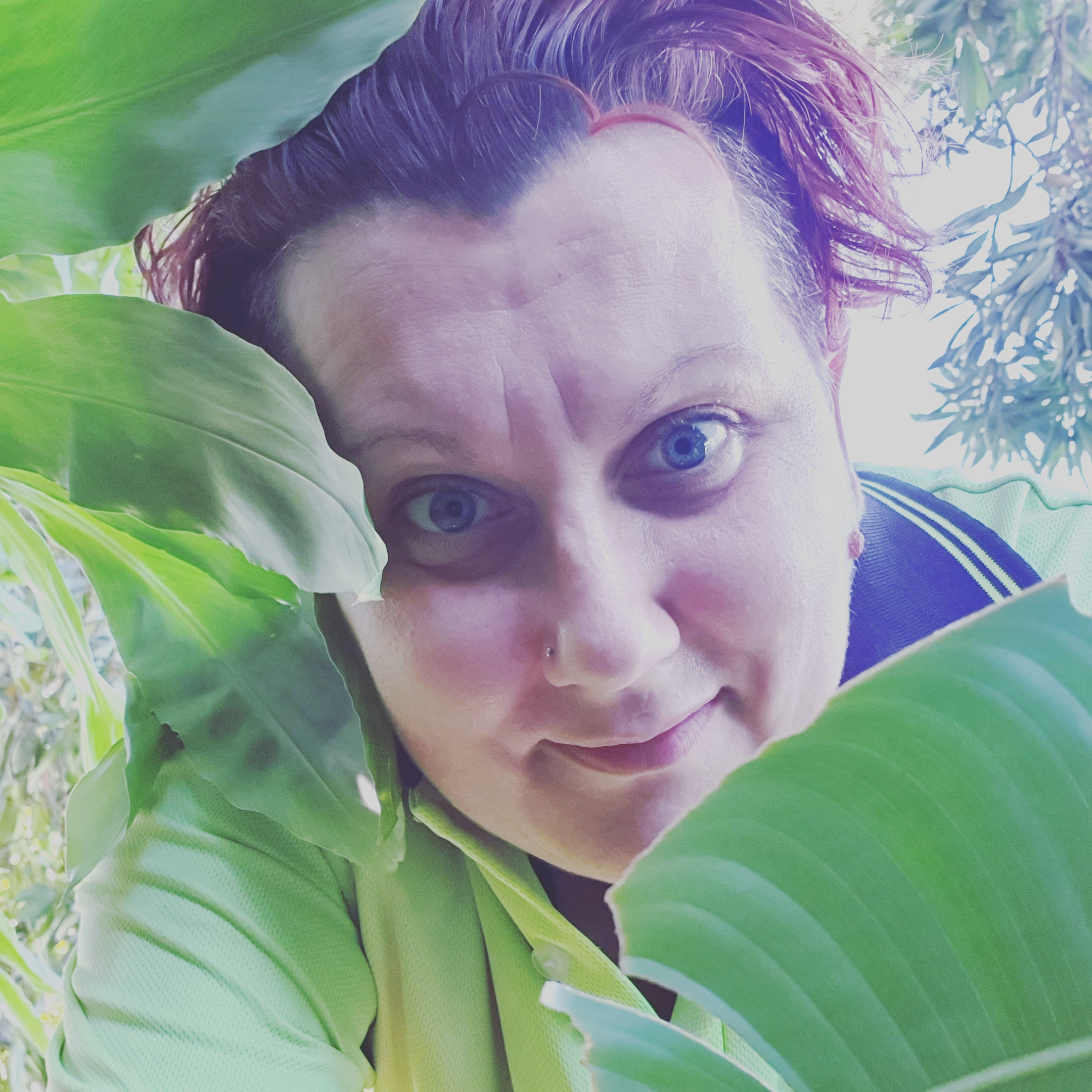Gorgeous Grevilleas!
- Jazz Carter

- Jun 29, 2022
- 4 min read
It’s that time of year again when Grevilleas are putting on their spectacular flower show, showing all their glory in an often bland Winter garden scene, with their many different colours, shapes, sizes and forms, they make a fantastic addition to home gardens!
Grevillea polybotrya - Caramel Grevillea Grevillea decora - Bronze Grevillea Grevillea banksii alba - White Grevillea
Grevillea is the third largest Genus in Australia and was named after Charles Francis Greville (1749-1809), and come in a variety of forms, from groundcovers, shrubs and tree forms so you can almost always find one that suits your needs. They usually have a main flush of flowering in the colder months of Autumn and Winter but they do also flower throughout the year, so always have something going on!
Birds are attracted like a magnet to these gorgeous plants for their nectar and also for their seeds, butterflies, bees and other insects and mammals also love to visit Grevilleas so if you’re looking for enticing these into your garden, planting Grevilleas are the way to go!
The flowers can be spider like, toothbrush shaped and as large brushes, made up of many small flowers in a huge range of colours.
They also have a few different foliage forms, some are short leaved and spiky, blunt leaved or fern like and are whorled around the stems.
Timber is also used on the larger tree specimens, the most well known being Grevillea robusta - Silky Oak.
Grevillea eryngioides - Curly Grevillea Grevillea petrophiloides - Pink Pokers Grevillea Grevillea wickhamii - Wickham's Grevillea
Grevilleas are generally pest and disease free or damage from pests is usually minimal, drought hardy when established and many are frost tolerant.
We have a huge range of Grevillea seeds to choose from so check out our Seedy Store to find some really cool varieties!
Propagation
Seeds are easy to propagate as long as they have been pre-treated effectively. Best sown in Autumn or early Spring when temperatures range from 18 - 22℃, lower or higher temps may inhibit germination.
Note germination times for pre-treated seeds - 2 to 52 weeks, and untreated seeds - 12 to 24 months, so don’t be hasty with throwing away seed trays or tubes, germination can be erratic.
Pre-treatments consist of the following and if combined will give better results.
Gently nick the seed coat and soak in hot water for 48 hours and sow.
Do a smoke water treatment on the seeds either dry or in water, soaking afterwards in hot water for 24 - 48 hours, peel the waxy coat off and sow.
Soak seeds in cold water overnight, then place between moist paper towels for 2 days, gently nick the seed coat and sow.
Sow seeds in a good quality native seed raising mix, I add extra perlite to mine for better drainage, cover seed to a depth one or two times the thickness of the seed. Keep moist but not too wet and water with mist watering to avoid seeds dislodging.
Grevilleas In the Garden and Maintenance
Choose a full sun position, where they will get at least 6 hours of direct sunshine for best growth and flowering, otherwise you will get a leggy and unattractive Grevillea.
Many can be grown in pots or even as a Bonsai, as long as you choose the right size pot.
Grevilleas dislike heavy clay soils, so if you have soil like that it is essential to improve it by adding gypsum and working through thoroughly, raising soil levels in terms of a raised garden bed or mounding up higher than the original level will help improve drainage and avoid issues like root rot which is the most common cause of death for Grevilleas, so avoid wet feet and boggy conditions.
It is best to add a seaweed fertiliser in the first few weeks after planting out in the garden to gently settle it into its new home.
Be sure to water regularly in the first few weeks after planting out while the plant is establishing itself, tapering off slowly as they settle in, potted specimens will need more water as they tend to dry out faster. Give adequate water during the first Summer and during very hot or windy weather. Once established though, most Grevilleas are drought tolerant so only need very little supplementary watering.
Fertilising is not essential but to give bigger and better blooms fertilise once every 3 months using an Australian Native fertiliser that is low in phosphorus.
Grevilleas love a good prune and can often be cut back quite hard, making them very versatile in gardens and as a Bonsai. Best pruned after the main flush of flowering has slowed down, so October - November is generally a good time to do this, cut back by ⅓ - ½ to suit your needs and requirements. Doing this will increase plant vigour, bushiness and flowering as the flowers occur on new growth.
Grevilleas are great and are very popular in cultivation and for very good reasons - they look amazing, flower for a really long time, easy to care for, are super low maintenance and attract a wide range of fauna.
Get your seeds now from Living Green and Feeling Seedy to be ready for Spring propagation!
#grevillea #australiannative #Australiangrevillea #grevilleaseeds #grevilleaseedsforsale #nativegardeninspiration #grevilleaflowers #australiannativeseeds #seedsupplier #lovegrevillea #gorgeousgrevillea #grevilleaseedshop #buygrevilleaseeds #grevilleapropagation #growinggrevillea #birdattracting #grevilleacollector #grevilleabonsai #grevilleablooms #australiannativeflora #nativegarden #grevilleaspecies #grevillealovers #australianseedsupplier





















Comments